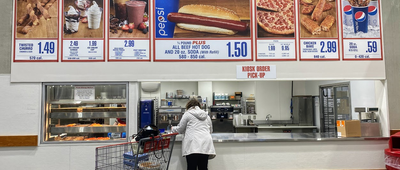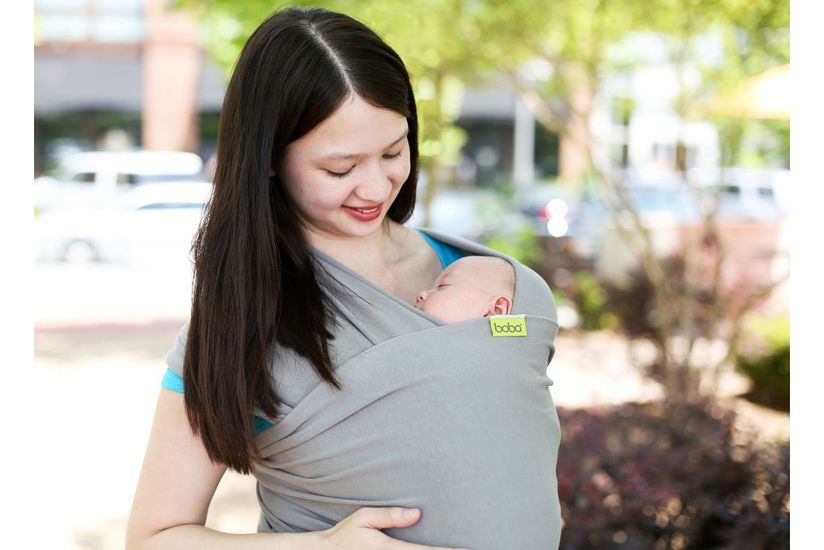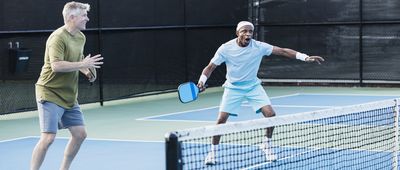Why parents like them: A hand-me-down or used crib seems like a no-brainer way to save money, and some of them may even have sentimental value.
Why experts don't: Many older cribs feature drop sides, which have been instrumental in at least 32 infant deaths due to suffocation, strangulation or entrapment, according to the CPSC. But as the child-safety organization Kids in Danger notes, drop sides are only one risk an older crib might pose. Others include slats that are too far apart (entrapment), decorative cut-outs (entrapment or lacerations) loose or protruding hardware (laceration or choking), and peeling paint (potential lead poisoning).
























